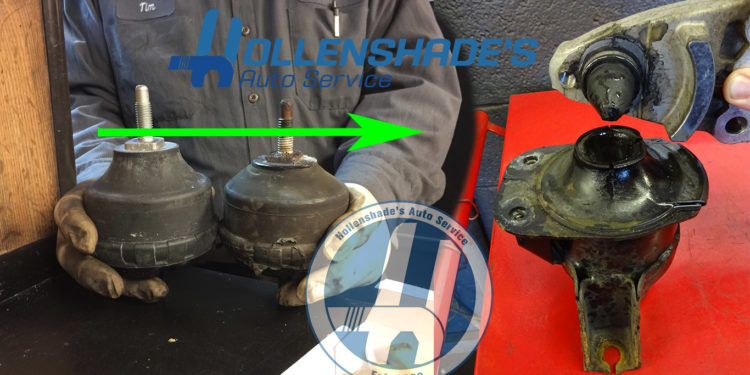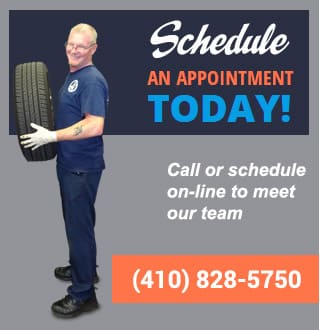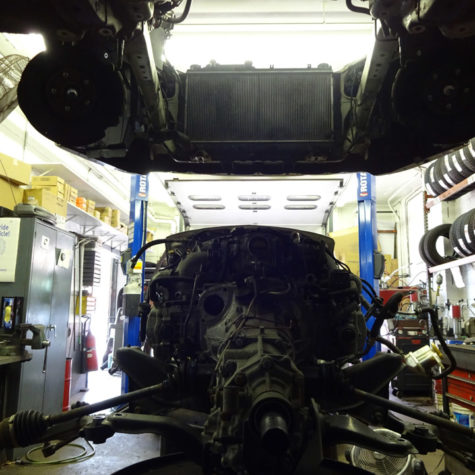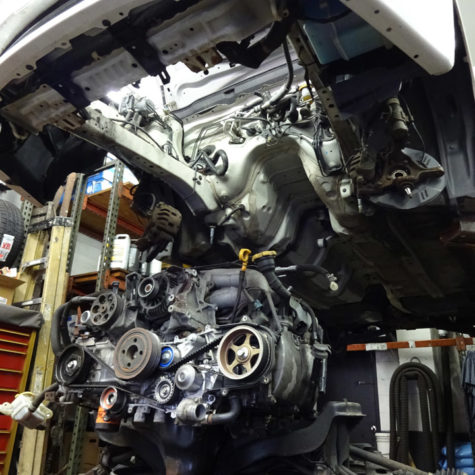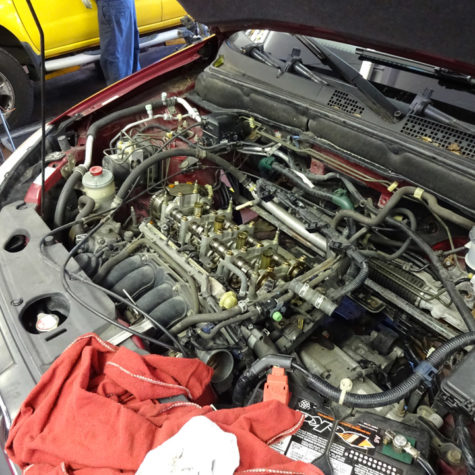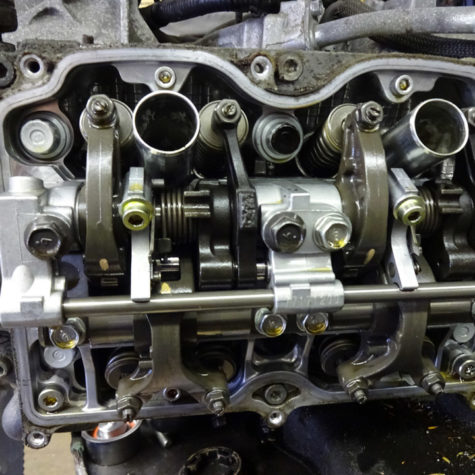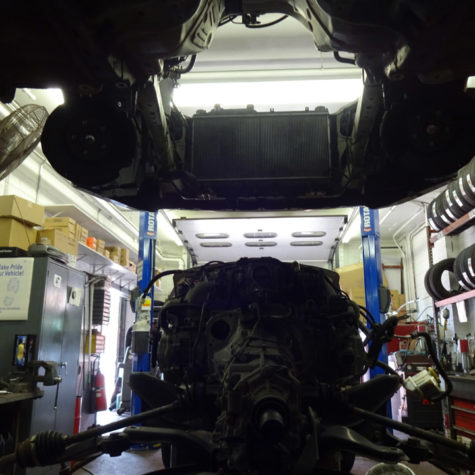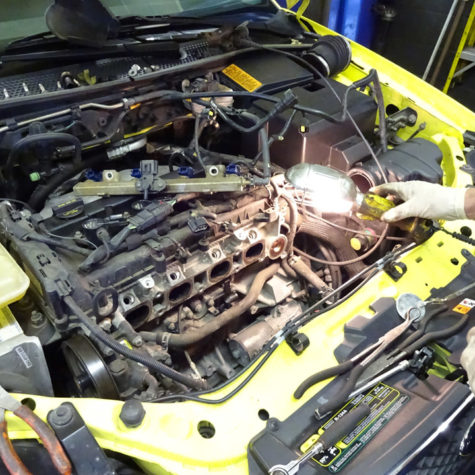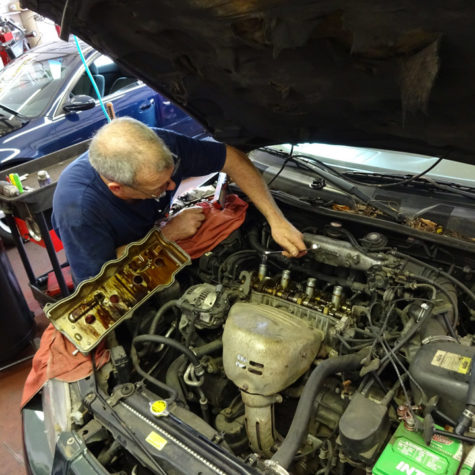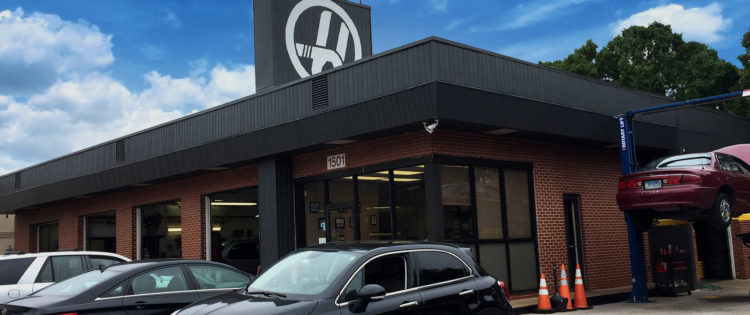
Engine Diagnostics and Repair
Check Engine Light
The Check Engine Light (CEL) can illuminate for hundreds of different reasons. While some issues that trigger a diagnostic trouble code (DTC) require immediate attention, most are for emissions related symptoms and are not necessarily critical to the safe function of your vehicle. It is best that you not wait to determine what type of code is the reason the check engine light is illuminated.
Engine Mounts
A mount that is worn, grounded against the frame or has collapsed will transfer normal engine vibrations through the chassis of the vehicle and into the passenger compartment. During maintenance interval services, motor mounts are inspected for a grounded or collapsed condition. Examples of both separated and collapsed mounts are displayed below in the image.
Intake
The primary function of the air intake system is to provide fresh, filtered air to the engine to enable combustion to occur. The amount of air entering the engine is based on driver input from the accelerator pedal. Various sensors in the intake system send information to the Engine Control Module (ECM). The ECM uses the information to adjust fuel and spark, which enables the engine to operate at peak efficiency.
Timing belt
Timing belts are essential to the operation of an engine because they maintain crankshaft and camshaft synchronization. Loose, contaminated or worn timing belt can negatively affect fuel economy and engine performance. If a timing belt breaks, the engine will stop running and in some cases a broken timing belt can result in severe engine damage. Replacing the timing belt at the recommended intervals prevents timing belt issues such as potential engine damage.
Engine Valve Adjustment
Proper valve clearance is essential to optimal engine performance. Valves are responsible for allowing an air and fuel mixture into the engine’s combustion chamber, as well as releasing exhaust gases from the engine’s combustion chamber. Incorrect valve clearance could result in poor engine performance, engine damage, and excessive engine noise. Inspecting valve clearance per specified schedule helps to maintain proper engine performance.
